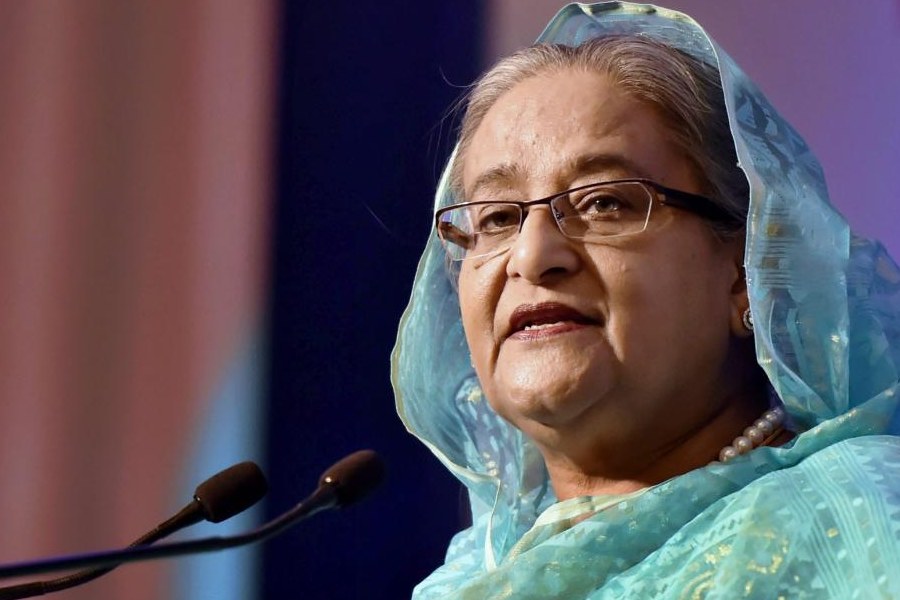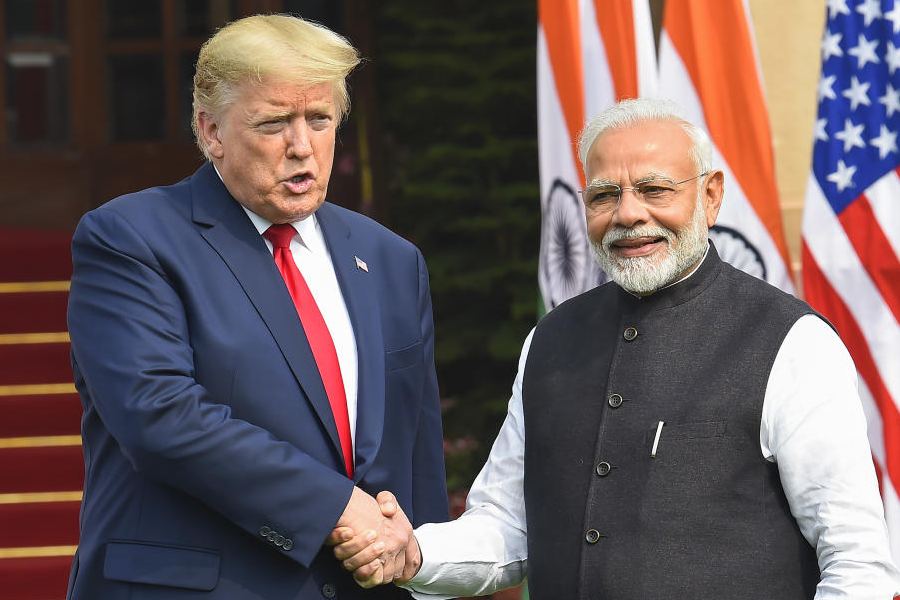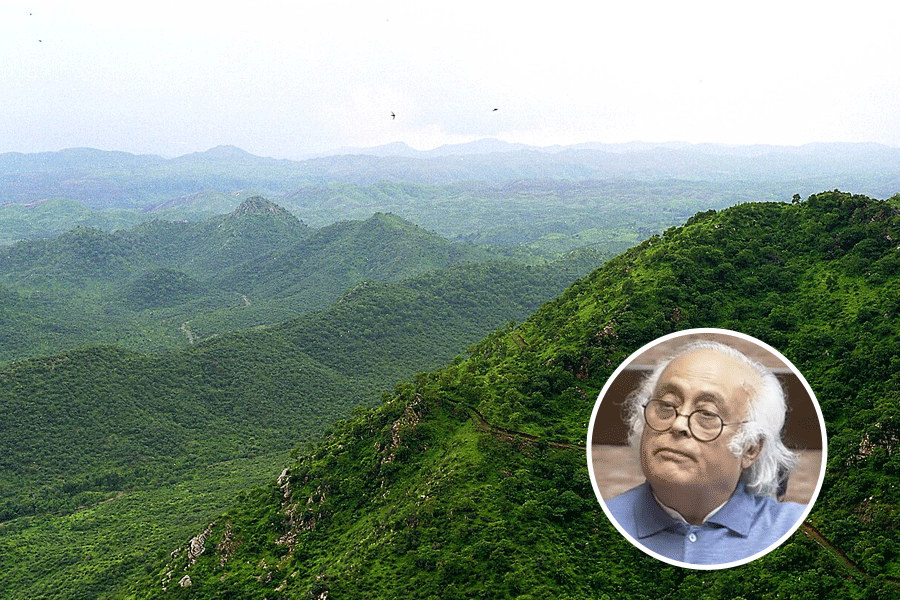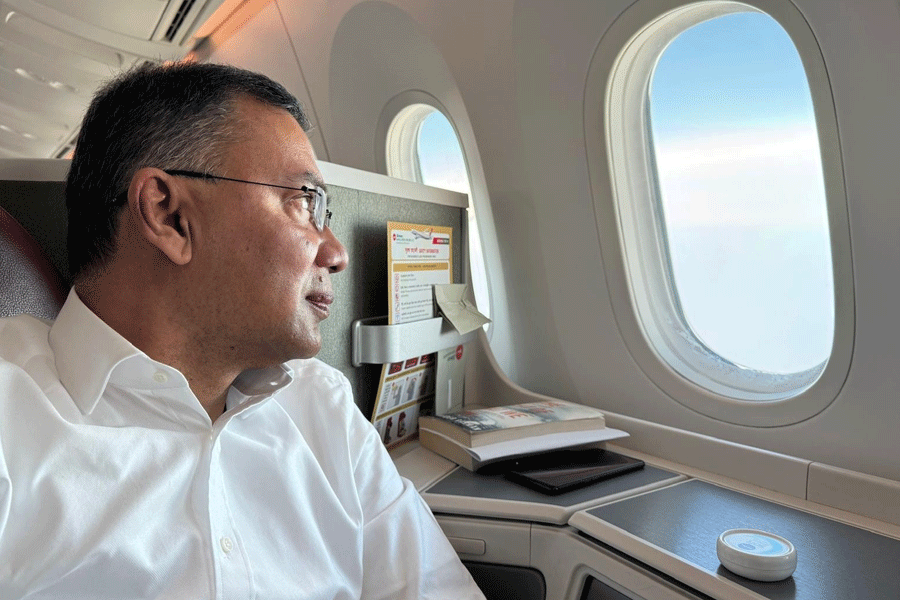 |
| SEPIA TINT: A painting, Indigo Factory, by William Simpson, 1867, at the exhibition |
Just what is all the brouhaha over foreign investment in West Bengal about? And why take to the streets following the touchdown of the Salim group in Calcutta when Bengal has always been ‘the’ destination for much of the cash that has flown into the Subcontinent over centuries?
An exhibition, titled Bengal: Views from the 18th, 19th and 20th centuries would, in many ways, provide the appropriate rhetorical answers to those questions. For, the display at Delhi’s India International Centre, underscores the fact that artists, traders and officers have long been seeing Bengal in its different forms ? from fakirs with fingernails as long as sabers to the once-gleaming buildings along the Chowringhee.
The 114 prints on display ? comprising aquatints, woodcuts and even early photographs ? have been reproduced from the archives of the National Library, Calcutta, and are a visual anthology of the province of Bengal as seen through the eyes of European visitors over the past three centuries.
The works of many of the prominent artists like Henry Creighton, Charles D’Oyly, Mrs Belnos and James Baillie Fraser find a place in the exhibition. “It brings back to life several aspects of a Bengal lost in public memory for the benefit of the modern viewer,” says H.K. Kaul, a National Library panel member and director, Developing Library Network, about the exhibition that opened on Thursday.
It was with the landing of Job Charnock ? agent of the British East India Company ? on the muddy banks of the Ganges in 1690 that Calcutta witnessed the formal arrival of Europeans. England wasn’t the only country to have a colonial presence in Bengal ? traders from other countries such as France and the Netherlands had also moved upstream to set up a chain of settlements along the banks of the Ganges and the Padma, the two rivers cutting through the province.
The traders were followed by ? among other civilians ? artists and chroniclers, who came to the new colony to make a living for themselves. While many of them stayed back for years to study the province in detail, others merely passed through on their way to other colonies, sketching or scribbling away as they travelled.
And the pictures on display at the ongoing exhibition form only a small slice of that immense body of work produced during the years of Company rule in India, ranging from sketches in the 1760s to photographs taken as late as the 1920s.
Though the East India Company had set up a trade centre in Surat as early as 1612, it had never had the chance to explore the Indian countryside until it came to Bengal. Calcutta-based historian Pradip Sinha explains why. “The western province was a scene of continuous unrest, thanks to the split between the Mughals and the Marathas,” he says. Apart from being a hostile province to do business in, the western frontier was thus a place where settlers were wary of venturing out into the open. “Bengal, in contrast, was a more restful region where business could be done in peace,” he adds.
Another factor prompted the Europeans to migrate eastward. “Bengal is rich in minerals and natural resources,” notes Amit Mitra, secretary general, Federation of Indian Chambers of Commerce and Industry. “More importantly, it has abundant water supply, which is essential for trade and commerce.” Needless to say, the setting up of business centres along the Gangetic tract, where natural resources were abundant, was a major incentive for companies to settle there.
With commerce thriving in a peaceful territory, the artist finally had a chance to wander out of his own settlement and study and portray the native land and its people. Their works documented the many facets of an ancient Bengal ? its countryside, the native social life, public places, people, religion, customs and even flora and fauna. Some images even offered a rare insight into customs or practices that have long ceased to exist. A 1799 depiction of the Durga Puja by Flemish artist Francois Balthazar Solvyns, for example, shows a six-armed Durga riding a peacock, a far cry from the idol that is commonly worshipped today.
But the fascination of the artist for all things native seems to undergo a metamorphosis, with the strengthening of the colonies in the province. “Most European industries in Bengal operated independently, steered clear of the local administration, and were near-autonomous in nature. Autonomy tends to bring about a sense of control and dominance,” remarks Sinha.
The change becomes all the more noticeable if the images are looked at in chronological sequence. A depiction of an indigo factory in Bengal by William Simpson (1867) is in itself a celebration of British supremacy over a quaint and desolate landscape. An 1878 photograph of the railway tracks at the Batasia loop in Darjeeling shows contemporary British engineering at its best, connecting a bustling Calcutta to a virgin hill station meant exclusively for the Europeans.
Gradually, with the onset of familiarisation, initial awe seems to give way to absolute majesty in the works of the artists, while ethnicity makes way for imperial achievement. The East, as Edward Said once said, is viewed on the artist’s own terms, and the racial prejudice is more than evident. All along, however, a radical transformation of the region, courtesy foreign intervention ? and capital ? is conspicuous.
Clearly, at a time when Mrs Belnos’s village ‘gooroo’ ? whom she portrayed in 1832 ? was losing his importance in his society, the real revolution in Bengal was perhaps taking place on the banks of its rivers.
A hundred years have passed since Bengal was divided in two by Lord Curzon ? then viceroy of Bengal ? in 1905. Now, a century later, the western half wakes up to the possibility of another influx of foreign funds. Whether it’ll do the province any good is something that is being debated in the state’s legislative circles. But change is something it will surely initiate. History indicates so.










